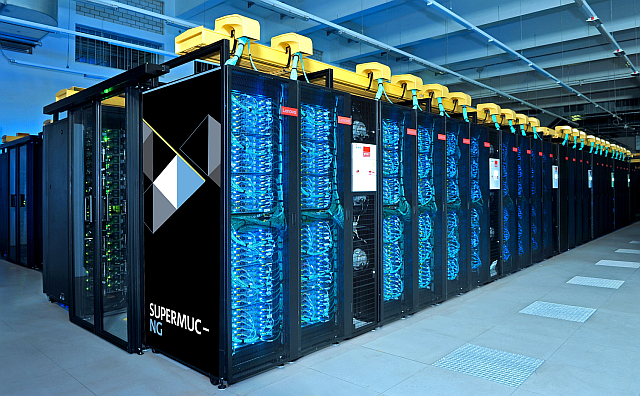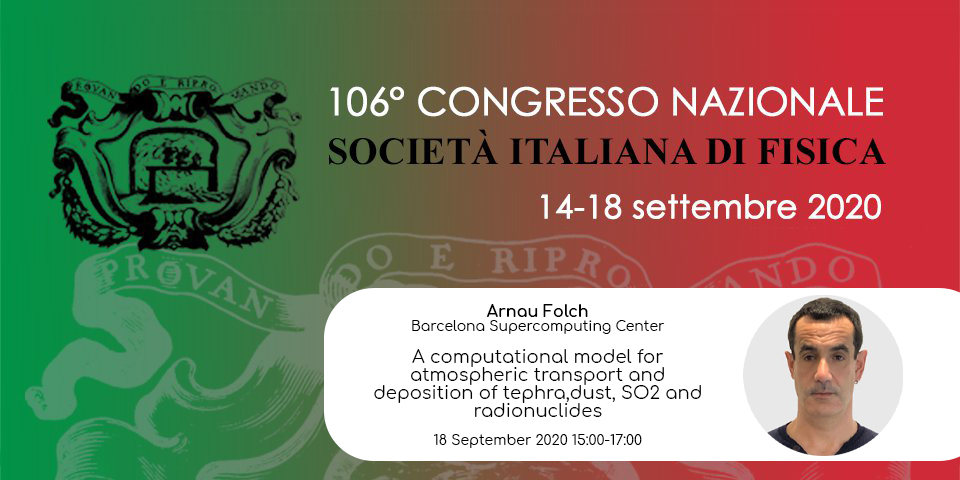
ChEESE has been awarded over 90 million core hours to be used towards HPC-related research in tsunamis and earthquakes after winning two separate project access grants.
A total of 70 million core hours were awarded to the project by the 21st PRACE Project Access call. The compute hours, which are valid from 1 October 2020 to 30 September 2021, will allow access to CINECA´s Marconi100 supercomputer in order to support ChEESE´s Exascale pilot demonstrator on Probabilistic Tsunami Hazard Assessment.
Additionally, 21.24 million core hours were awarded to ChEESE researchers by Germany´s Gauss Centre for Supercomputing (GCS) as part of a GCS regular project to utilise the SuperMUC-NG machine at Leibniz Supercomputing Centre. These compute hours will be mostly used for the project´s research in Physics-Based Tsunami-Earthquake Interaction and Physics-Based Probabilistic Seismic Hazard Assessment.

